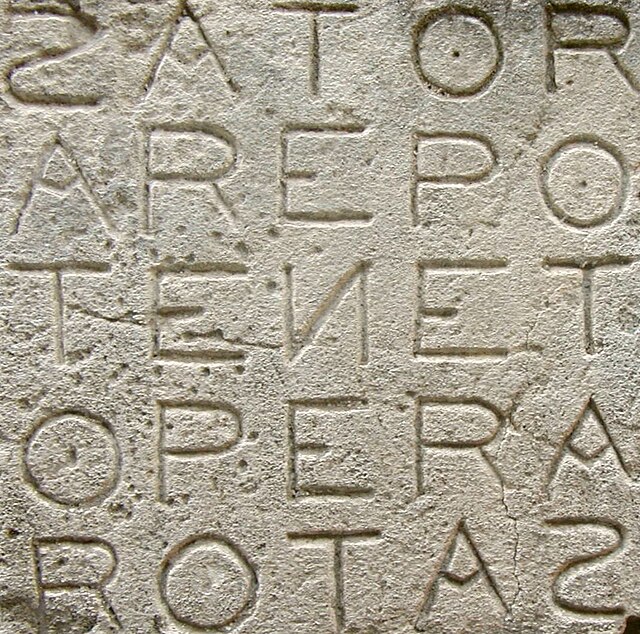During the Middle Ages, magic took on many forms. Instead of being able to identify one type of magic user, there were many who practiced several types of magic in these times, including monks, priests, physicians, surgeons, midwives, folk healers, and diviners. The practice of magic often consisted of using medicinal herbs for healing purposes. Classical medicine entailed magical elements. They would use charms or potions in hopes of driving out a sickness. People had strongly differing opinions as to what magic was, and because of this, it is important to understand all aspects of magic at this time.
A magic circle in a 15th-century manuscript
Merlin is said to have been born from the relationship of an incubus with a mortal (illumination from a 13th century French manuscript)
Goetia is a type of European sorcery, often referred to as witchcraft, that has been transmitted through grimoires—books containing instructions for performing magical practices. The term "goetia" finds its origins in the Greek word "goes", which originally denoted diviners, magicians, healers, and seers. Initially, it held a connotation of low magic, implying fraudulent or deceptive mageia as opposed to theurgy, which was regarded as divine magic. Grimoires, also known as "books of spells" or "spellbooks," serve as instructional manuals for various magical endeavors. They cover crafting magical objects, casting spells, performing divination, and summoning supernatural entities like angels, spirits, deities, and demons. Although the term "grimoire" originates from Europe, similar magical texts have been found in diverse cultures across the world.
Page from the Greek Magical Papyri, a grimoire of antiquity
One of the 130 Bath curse tablets. The inscription in British Latin translates as: "May he who carried off Vilbia from me become liquid as the water. May she who so obscenely devoured her become dumb."
A Sator Square (laid out in the SATOR-format), etched onto a wall in the medieval fortress town of Oppède-le-Vieux, France
A facsimile page of Bald's Leechbook






